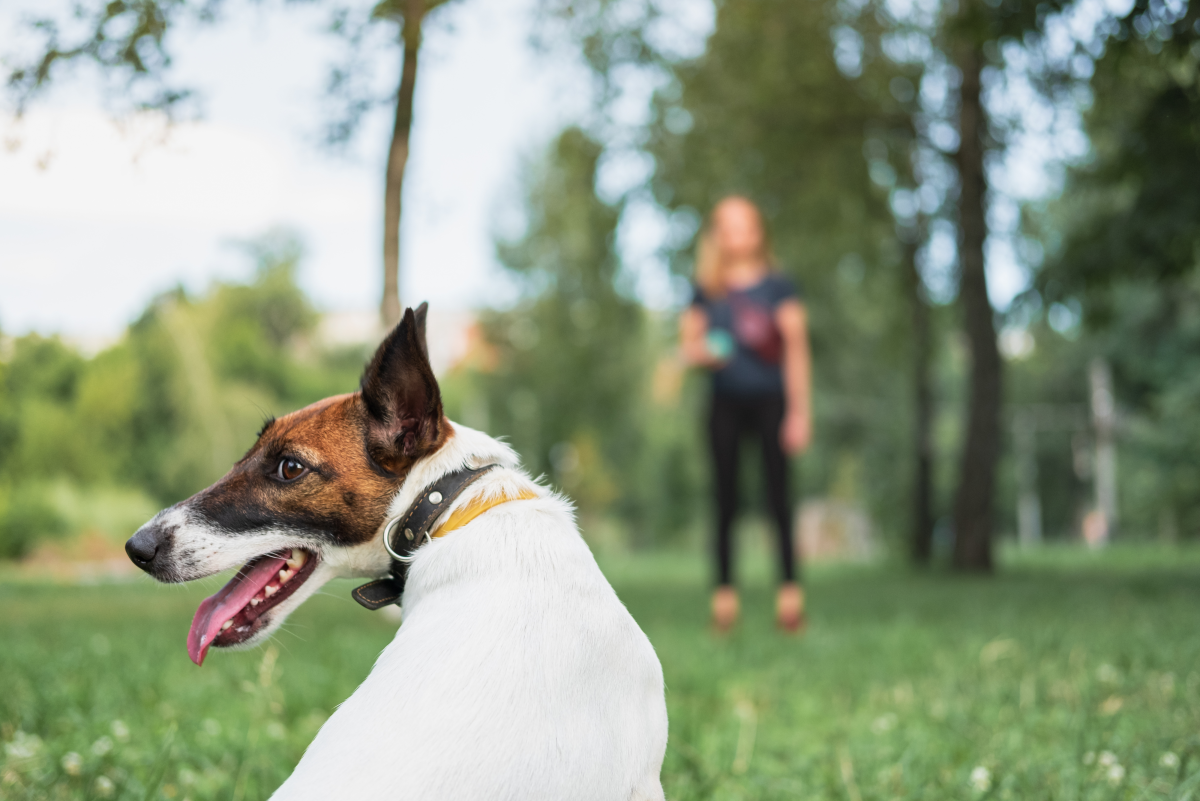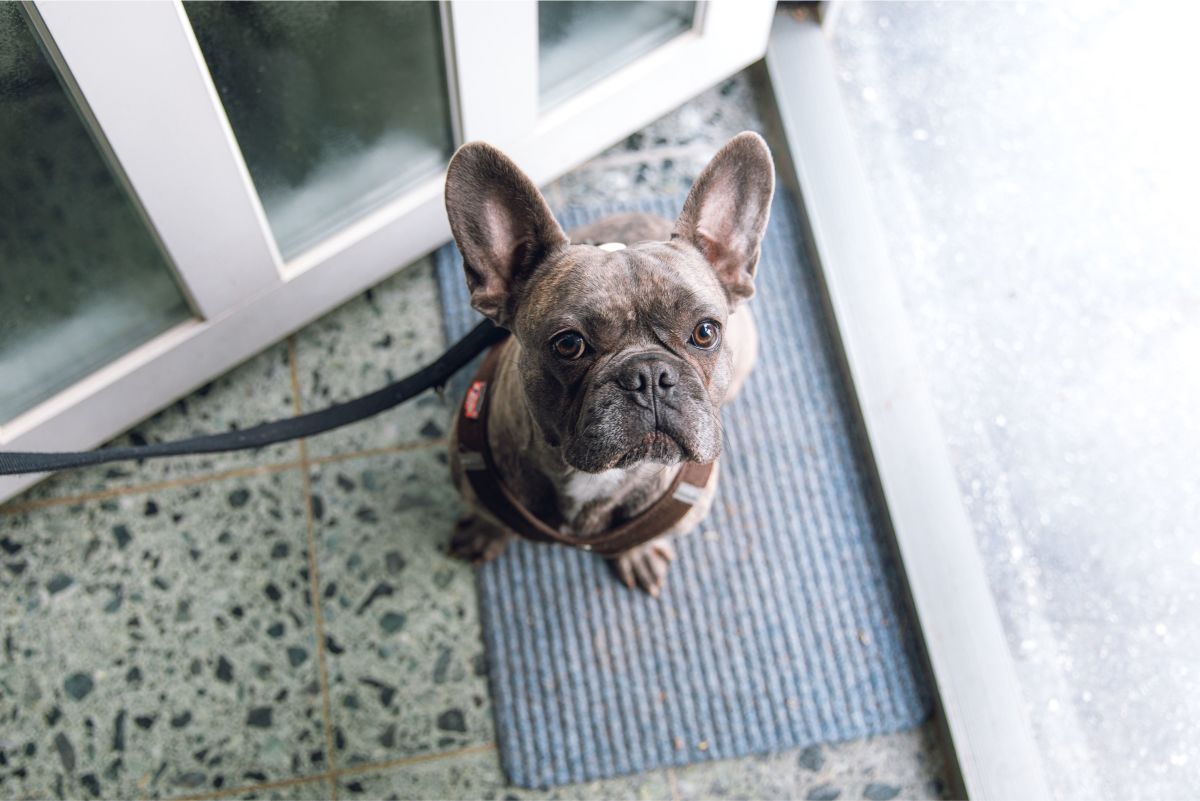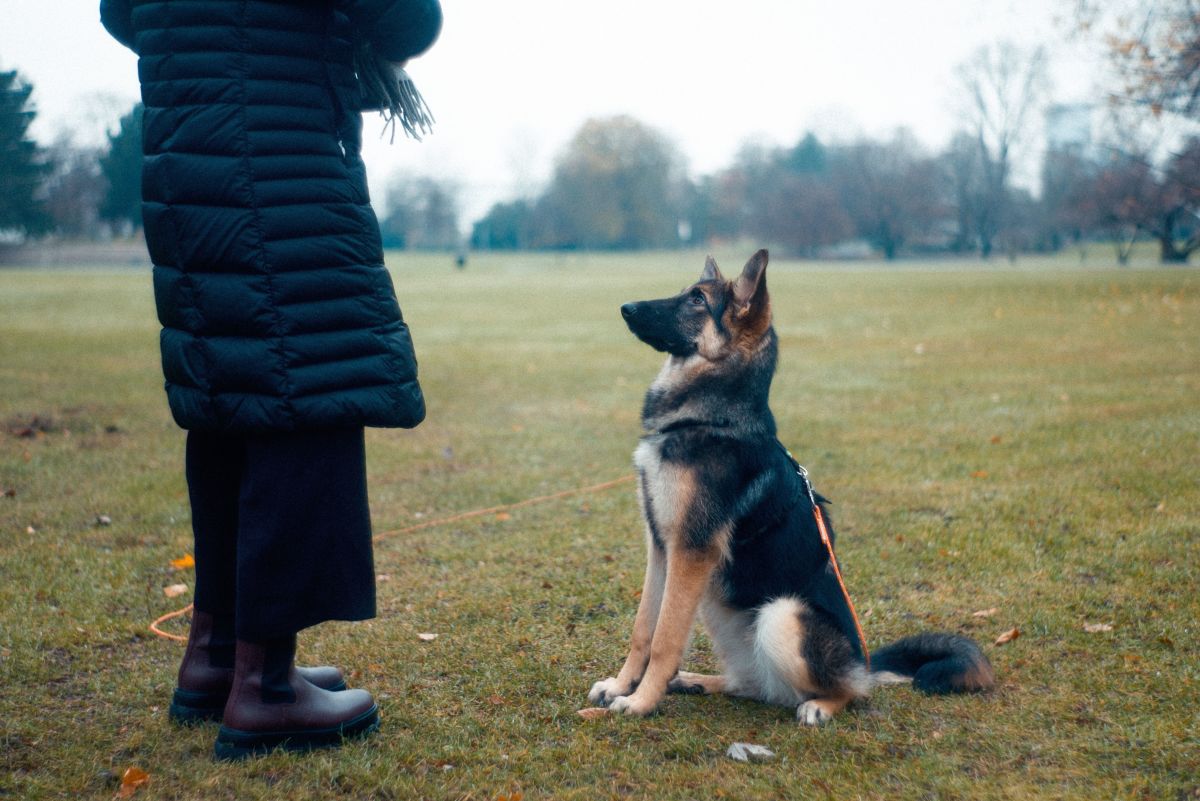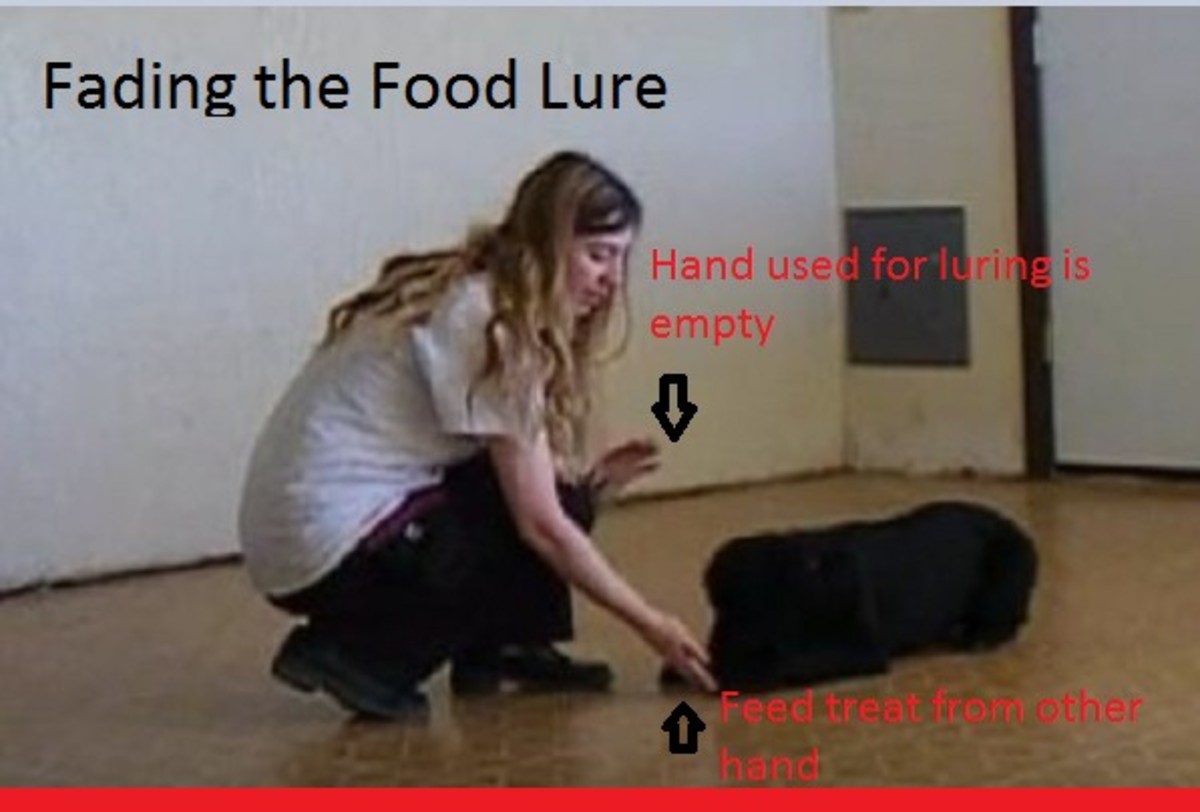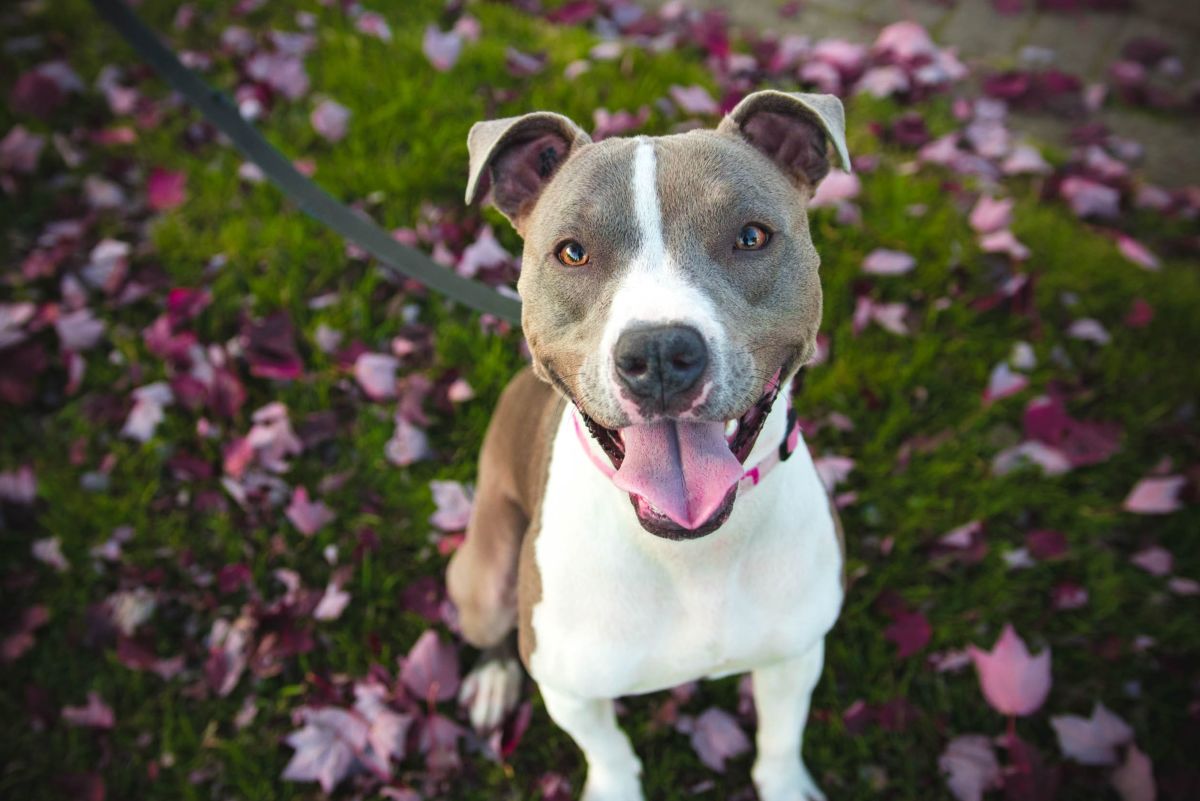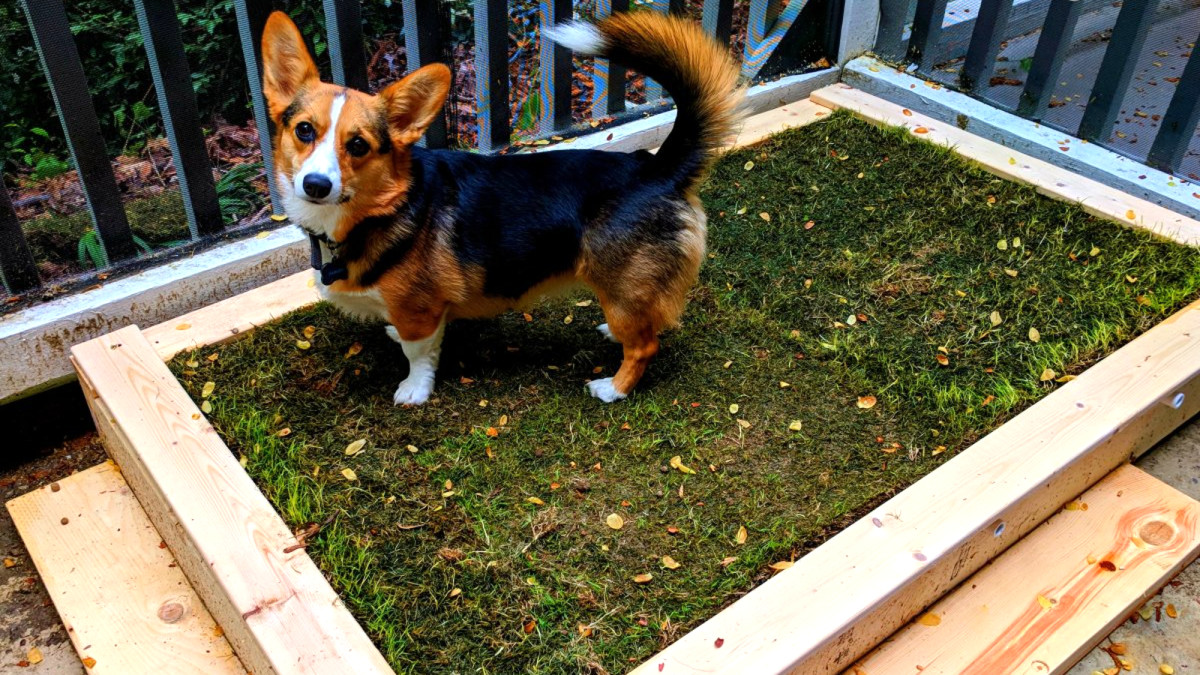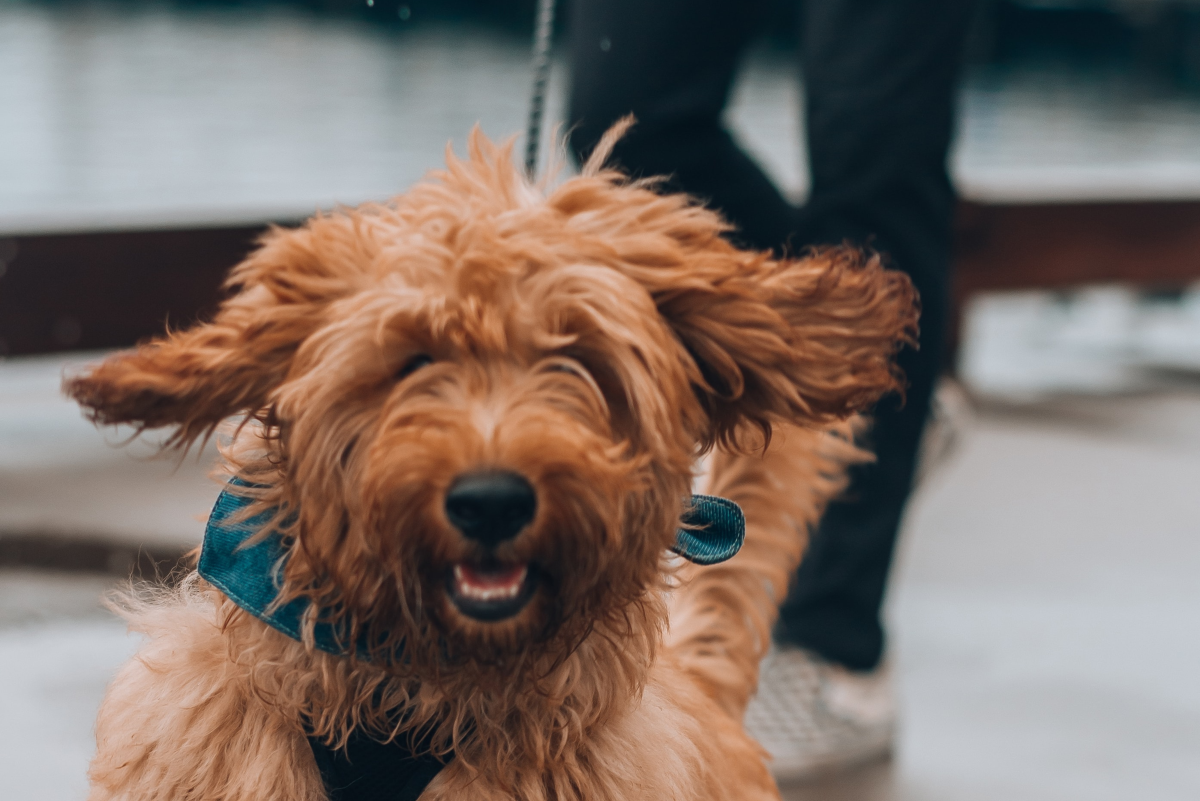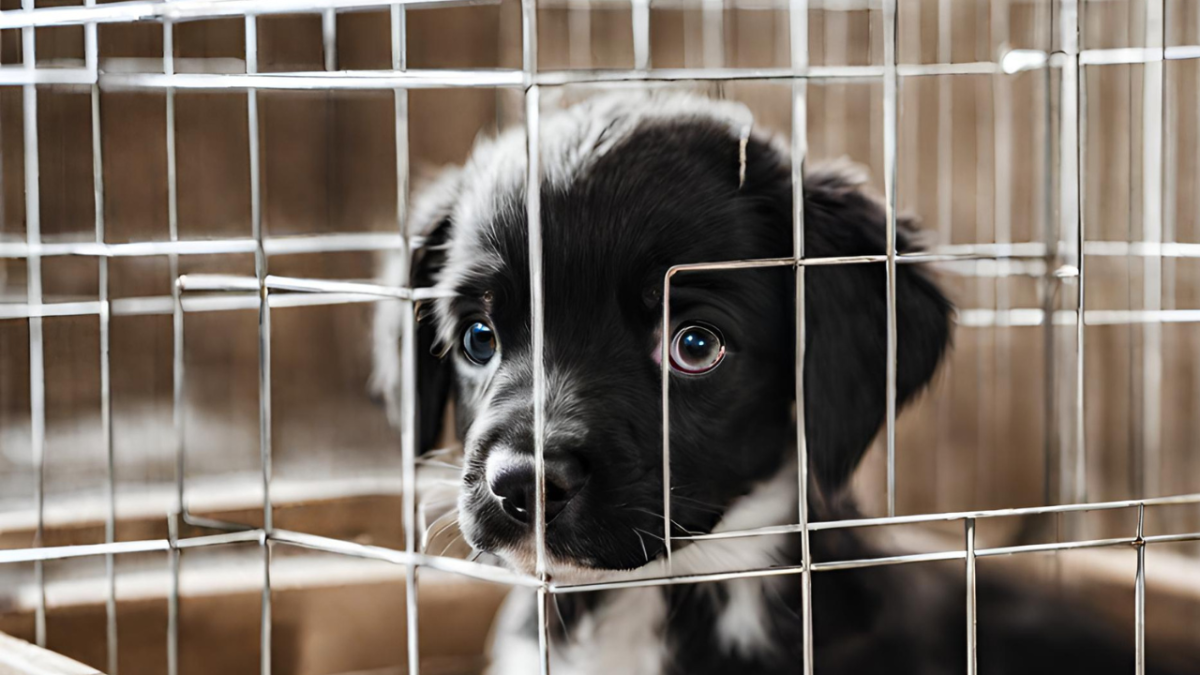Understanding the Basics of Dog Training
Why Training Works
The reason training works is due to a process we humans call conditioning. There's two main methods: classical and operant conditioning.
When one event predicts another event consistently enough (a rate which depends on the dog, the task, and the trainer), then a connection forms and the behavior becomes conditioned over time. A strongly conditioned behavior works almost like a reflex - hardly any thought required. The way the connection formed leads to either of the two methods.
Classical Conditioning is simple - create one event, then create the connecting event. This is what "charging the clicker" was. Click -> food appears. Click was the first event. Food appearing in his mouth was the next. When we repeated it enough, the click predicted the food.
Operant Conditioning is more complicated but just as important to understand. This is a result-oriented method, that is to say the result of the last behavior. Teaching him to sit was an operant process. Sitting = Food. So to get more food, he sat. The more food he got, the more driven he was to sit. When I attached the "sit" cue, that became what's called the "antecedent". That's a fancy word for something that cues/predicts a behavior. When the dog pairs the antecedent with the behavior, a certain result occurs. It's called the "consequence" which in normal language has a bit of a negative undertone, but, in dog training simply means the result of the action taken. Getting food was a "consequence" to him sitting. Sounds weird, but it's true!
Where operant condition gets complex is in the ways you can manipulate the result (consequence) of the action to either increase or decrease the likelihood of the behavior repeating. We'll get more into that later.
Wally's first learning
Well, after reading a few books and websites and having already charged the clicker up, I was all geared up to teach the dog something. And here I stand at the crossroads. Which method shall I use now? There's the positive reinforcement oriented method, and a negative reinforcement method. Cues (or commands) oriented, and shaping oriented. If he doesn't do the trick - how should I respond? Forcefully? Softly? Reward the effort?
Lots of ways to go. Given the way Wally was (I say was because he's far different now), I chose to give him a direct cue (also call commands) and then guide him into what to do. This is called "modeling" by a lot of trainers. Some say it's not effective, and I can see why they say that, but my training style is "try it a few times and see how the dog responds".
So I got my clicker out and some treats and then got Wally out.
Just a note about the treats, keep them SMALL. Just bits of something are fine. This has several advantages:
- They are delivered fast and eaten fast, minimal time lost from training.
- Dogs don't care. It's the taste they get from the treat/food that matters and will increase drive for it. They won't say "hey that piece was too small!"
- Keeps them from getting too many extra calories so you don't have to worry about overfeeding or getting them fat.
- Makes the treats/food last longer.
- Easier to give jackpots (more on this later)
Okay, dog out, clicker armed and ready, treats deployed, goal in mind. Let's train.
Since Wally was a "pre-owned" dog, maybe I'll get lucky and he's had some training before. I say "sit!" and he looks at me like "hey, what's that smelly stuff in your pocket." Nope, no clue. So we have to start at the beginning.
I said "sit" and then sort of "cut" his back legs out from under him. It's hard to describe, but I took my arm and pushed his back knees forward a little. This caused them to fold in and naturally made him sit. The instant his butt hit the floor, I clicked and gave him a treat. Of course, he has no idea what's going on right now. All he heard was a sound, his knees buckled, he moved into a sitting position, that click happened and got some food. No connection here yet.
To get him standing again, I just walked around. He got up thinking we're going somewhere.
So I did it again, same steps in the same order. Now Wally is a pretty quick learner (especially when it comes to food) and he started sitting more quickly. He's starting to anticipate the cue. Now this isn't ideal, but right now, I'll deal with it. It's the only behavior he knows to a cue and it's the only one he's been rewarded for, so it's pretty much expected. But I do need to get my cue in there before the action. Right now we have "rear hits floor -> reward" in his mind.
No problem, I just start anticipating HIS movement. I watch his backside closely, just as he's looking like he's settling down into a sit, I say "sit" and then click when the butt hits the ground. Still no connection to my "sit" sound yet, but if I keep at it, he'll get it. It'll be like "that sound (sit) always happens before I get into a sitting position". He'll add that to the connection so that it becomes "sit sound -> my rear hits the floor -> reward" and then it's a learned behavior.
From here, practice will make perfect and soon, it'll be an easy thing for him.
Shortcomings Realized
The problem with the modeling method is that it's limited. (That and it requires significant physical effort on my part - I thought the dog was supposed to do the work here!) This showed up big time when I got into trying to teach him to lie down or go up and down stairs on his own.
Teaching him to lie down was an example. It involved getting him into a sit and pulling his paws out to get him to lie flat and it was just a mess. He DID learn it, but I started to see how energy draining it was and it would get more and more difficult for Wally to understand what he just did to earn the food, which slows us both down. It also could get him into the habit of waiting for me to show him what to do. Again, for more complex behaviors, this could be difficult, if not impossible, to do.
So I had to find a better way. I had read about shaping, but was fuzzy on the details. True shaping was beyond Wally's ability. That's where I just plop him down and wait for him to try things in order to get the behavior I wanted in the first place. That is a great method - but not for where he was. He would sit there, and sit there, and then start to panic because he was getting zero feedback from me and no rewards were coming, no clicks, nothing. (I did learn something I could use to my advantage, though, feedback from me is important).
I decided to teach him some behaviors to offer and did the sort of "middle ground" between modelling and true (also called free) shaping. Luring. Now here was a bridge where Wally and I could make progress but he's doing most of the physical (and much more mental) work. Standing, lying down, staying, coming in and out of doors - all starting getting grasped via luring.
Clicks End Behavior - Treats Reward Position
Clicks end behavior. They tell the dog "that's one successful repitition, here's comes your reward". So if you have the dog in a stay and you click, he's free to move.
However, you can manipulate this, and this is where treating can come in. Let's say you want your dog to stay and then wait for your next command. One way to do this is to click him, then treat him before he moves. Do this often enough it is as if he says "well I have to stay put to get my reward."
For lying down, you can treat him while he's still lying down. Click him and give him the treat while he's still in position. I've seen this called "feeding the position". The click told him what he just did was right, and feeding him while lying down can have him wait and see if that's where the reward is coming.
Once he's doing that - you can then chain some behaviors together. You can say "lie down", click, then "here" and click when he gets to you, then reward him. This is using all the advantages of clicking, the marking of the exact time the behavior you wanted was completed as well as the delay in treat delivery. The click truly becomes the proxy for a reward this way and it can make him even more eager to do the next behaviors in hopes of finally getting that food in the belly.

